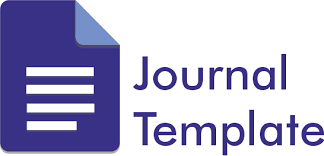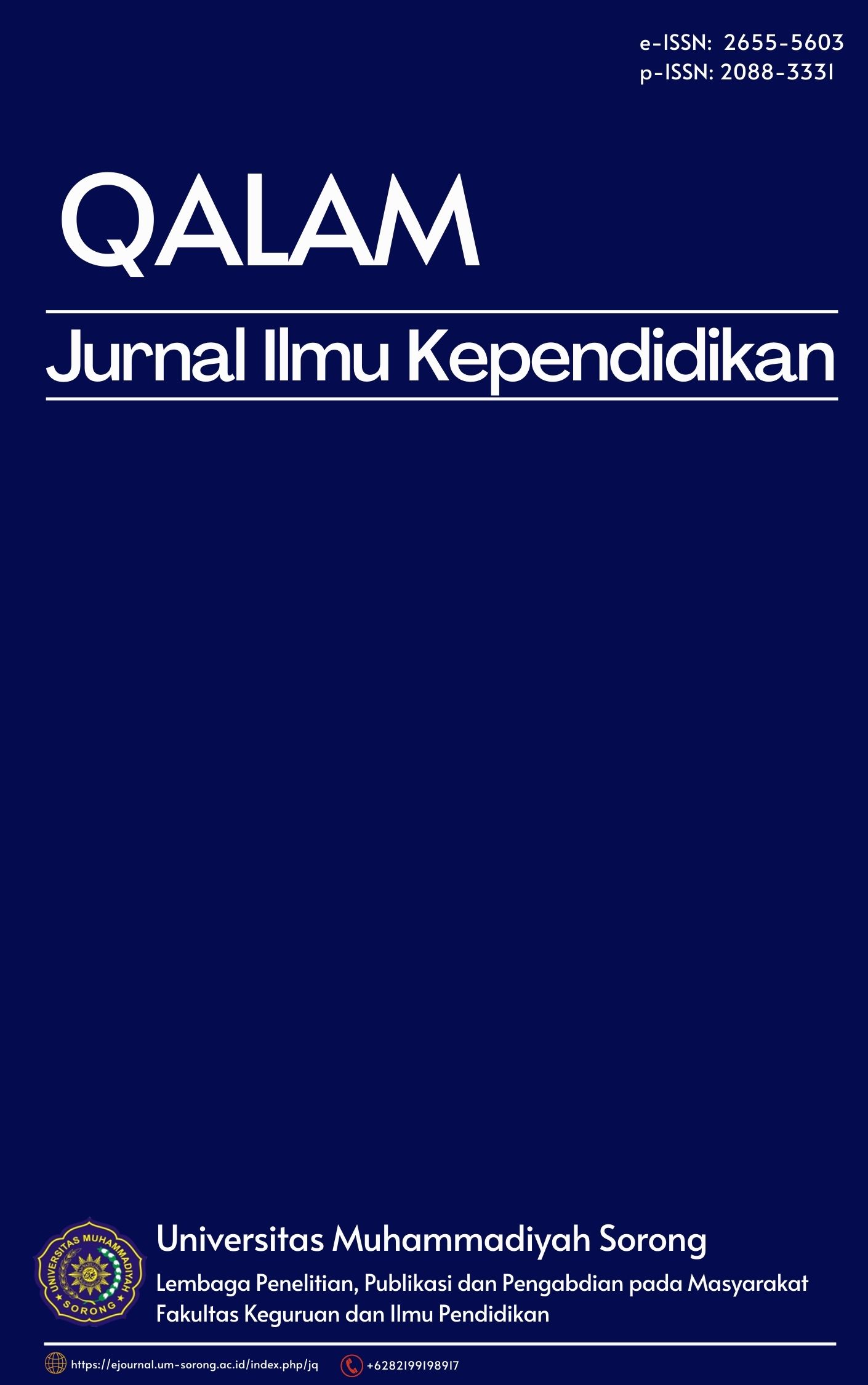The Use Of Canva To Enhance Students Speaking Skill in Procedure Text (A Classroom Research of IX Grader at SMPN 3 Kabupaten Sorong in Academic year 2024/2025)
DOI:
https://doi.org/10.33506/jq.v14i1.4586Abstract
This study investigates the use of Canva as a digital learning tool to improve students' speaking skills and active participation in delivering procedural texts. This study specifically aims to: analyze How the application of Canva in learning can improve students' speaking skills in procedural texts; and explore How Canva can improve students' active participation in speaking in front of the class when delivering procedural texts. Conducted using the Classroom Action Research method. This study involved 32 grade IX students at SMPN 3 Sorong Regency and was carried out in two cycles, each consisting of planning, action, observation, and reflection stages. Data were collected through speaking performance assessments (pre-test and post-test), observation sheets, participation rubrics, questionnaires, and documentation, and analyzed using quantitative and qualitative descriptive methods. The findings show that; 1) Canva can improve students' speaking skills, with an average score increasing from 61.7 in the pre-test to 79.2 in the second cycle post-test; 2) Canva increases student engagement in class, making them more confident, expressive, and enthusiastic in speaking presentations. Canva's creative and visual features contribute to reducing anxiety and encouraging an interactive learning environment. These results indicate that Canva is an effective educational tool to improve English language skills and encourage student participation. This study also highlights that the use of visual media such as Canva can accommodate various learning styles of students. The integration of technology in language learning has been shown to provide a more meaningful and interesting learning experience. Teachers also feel helped in presenting materials more systematically and contextually. Increasing student learning motivation is another positive impact of using Canva. With strong visual support, students find it easier to understand the structure and sequence in procedural texts. This shows that a digital media-based approach is able to bridge the gap between theory and practice in speaking learning. The implications of this study can be a reference for teachers in designing innovative technology-based learning strategies.
References
Bwarnirun, Y., & Santoso, B. (2021). Pengaruh Motivasi Guru Terhadap Hasil Belajar Matematika Materi Pecahan Pada Siswa Kelas IV Ssekolah Dasar Inpres 109 Perumnas Kota Sorong. Attadrib: Jurnal Pendidikan Guru https://doi.org/10.54069/attadrib.v4i1.115 Madrasah Ibtidaiyah, 4(2), 13–24.
Funa, A. A., Gabay, R. A. E., Ibardaloza, R. T., & Limjap, A. A. (2022). Knowledge, Attitudes, and Behaviors of Students and Teachers towards Education for Sustainable Development. Cakrawala Pendidikan, 41(3), 569–585.
Hayati, Maulana, A., & Harianto. (2020). Hubungan Penggunaan Media Pembelajaran Audio Visual dengan Minat Peserta Didik pada Pembelajaran Pendidikan Agama Islam di SMA N 1 Bangkinang Koya. In JAl-Hikmah: Jurnal Agama dan Ilmu Pegetahuan (Vol. 14, Issue 2). https://doi.org/10.32729/edukasi.v19i1.798
Juniar, A., Monalisa, C., & Tarigan, B. (2024). The Effect of Implementing Practicum-Based
Contextual Teaching and Learning Models to Improve Learning Outcomes on the Subject of
Colloids. PENDIPA Journal of Science Education, 8(1), 57–64.
Mubarok, H., Sofiana, N., Kristina, D., & Rochsantiningsih, D. (2022). Meaningful Learning Model Through Contextual Teaching and Learning; the Implementation in English Subject. Edulingua: Jurnal Linguistiks Terapan Dan Pendidikan Bahasa Inggris, 9(1), 23–34.
Muzakki, M., Santoso, B., & Alim, H. N. (2023). Potret Implementasi Kurikulum Merdeka berbasis Islami di Sekolah Penggerak. Jurnal Papeda: Jurnal Publikasi Pendidikan Dasar, 5(2), 167–178.
Pranowo, D. D., Dwijonagoro, S., Lumbantobing, R., & Purinthrapibal, S. (2023). Student perceptions on high school teachers’ competence in online teaching. Cakrawala Pendidikan, 42(3), 815–825.
Rasid, R., Djafar, H., & Santoso, B. (2021). Alfred Schutz’s Perspective in Phenomenology Approach: Concepts, Characteristics, Methods and Examples. International Journal of Educational Research & Social Sciences, 2(1), 190–201.
Santoso, B., In’am, A., Haris, A., & Wekke, I. S. (2024). Al-Islam and Kemuhammadiyahan Learning Based on Religious Moderation in Multicultural Campus. Al-Hayat: Journal of Islamic Education (AJIE), 10(1), 137–146.
Santoso, B., Inam, A., Haris, A., & Wekke, I. S. (2021). Religious Moderation and Information
Communication Technology Dissemination: The Practice of Muhammadiyah Papua Through
Online Campaign. International Confrenece on Industrial Engeneering Andi Operating
Management Monterry, Mexico, 3–5.
Santoso, B., Triono, M., & Jaharudin. (2024). Pemberdayaan Masyarakat Papua Melalui Program Ekopesantren Berbasis Pelestarian Lingkungan di Panti Asuhan Muhammadiyah Malasom. Abdimasa, 13(1), 94–106.
Suharno, Rifai, & Sudrajat, A. (2023). Multicultural encounters within kampus merdeka: A study on educational policy impact to bolster diversity. Cakrawala Pendidikan, 42(2), 539–548.
Suryaman, Adha, M. A., Suharyanto, & Ariyanti, N. S. (2024). Principals’ change leadership and e learning effectiveness: The mediating role of teachers work commitment and attitudes toward change. Cakrawala Pendidikan, 43(1), 88–101.
Triono, M., & Santoso, B. (2024). Character Development Through Religious Education Through Mathematics Education in Elementary School. Qalam, 12(1), 57–62.
Downloads
Published
How to Cite
Issue
Section
License

This work is licensed under a Creative Commons Attribution-ShareAlike 4.0 International License.
The article copyright is owned by the author and Qalam: Jurnal Ilmu Kependidikan

This work is licensed under a Creative Commons Attribution-ShareAlike 4.0 International License.




